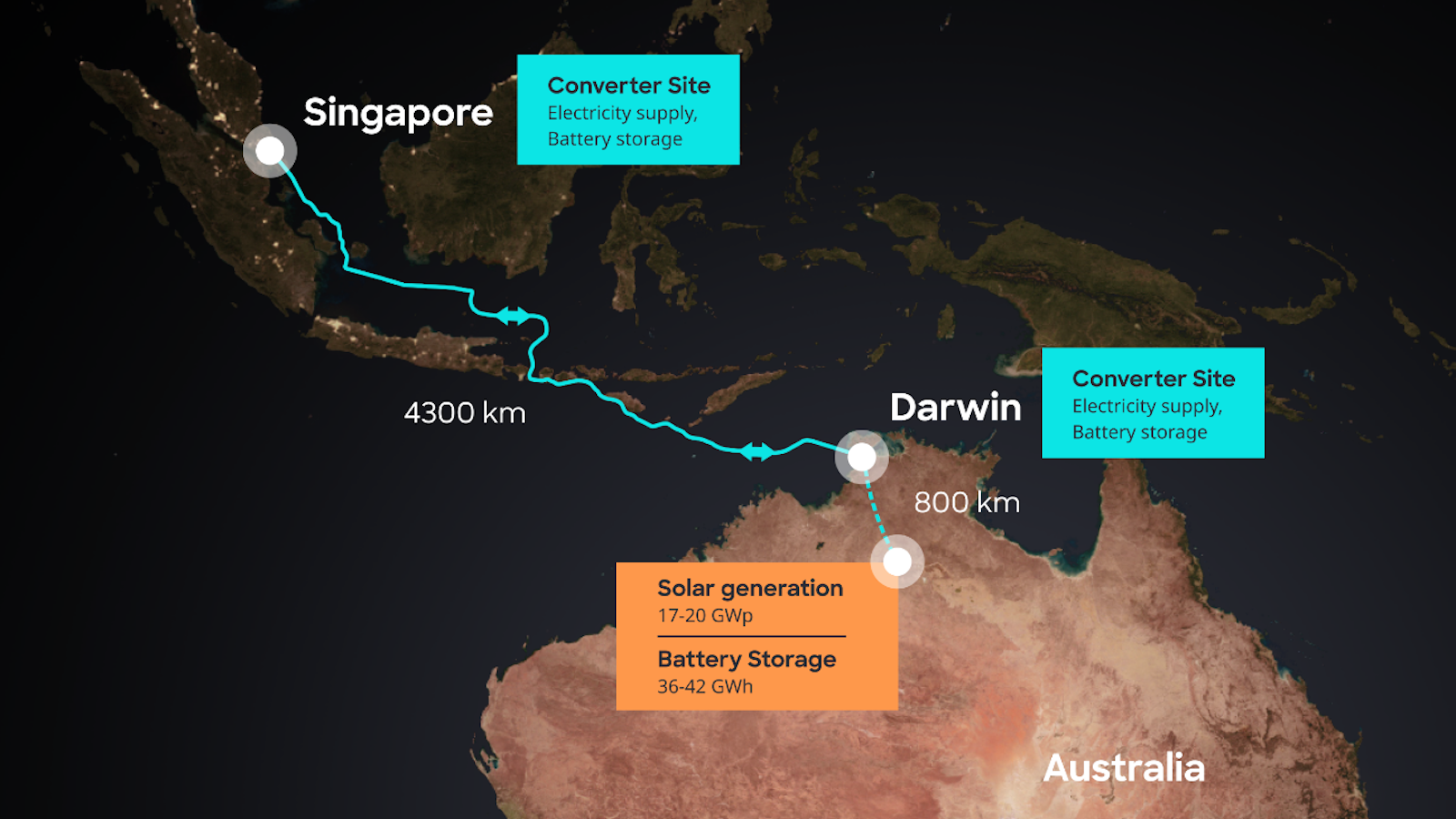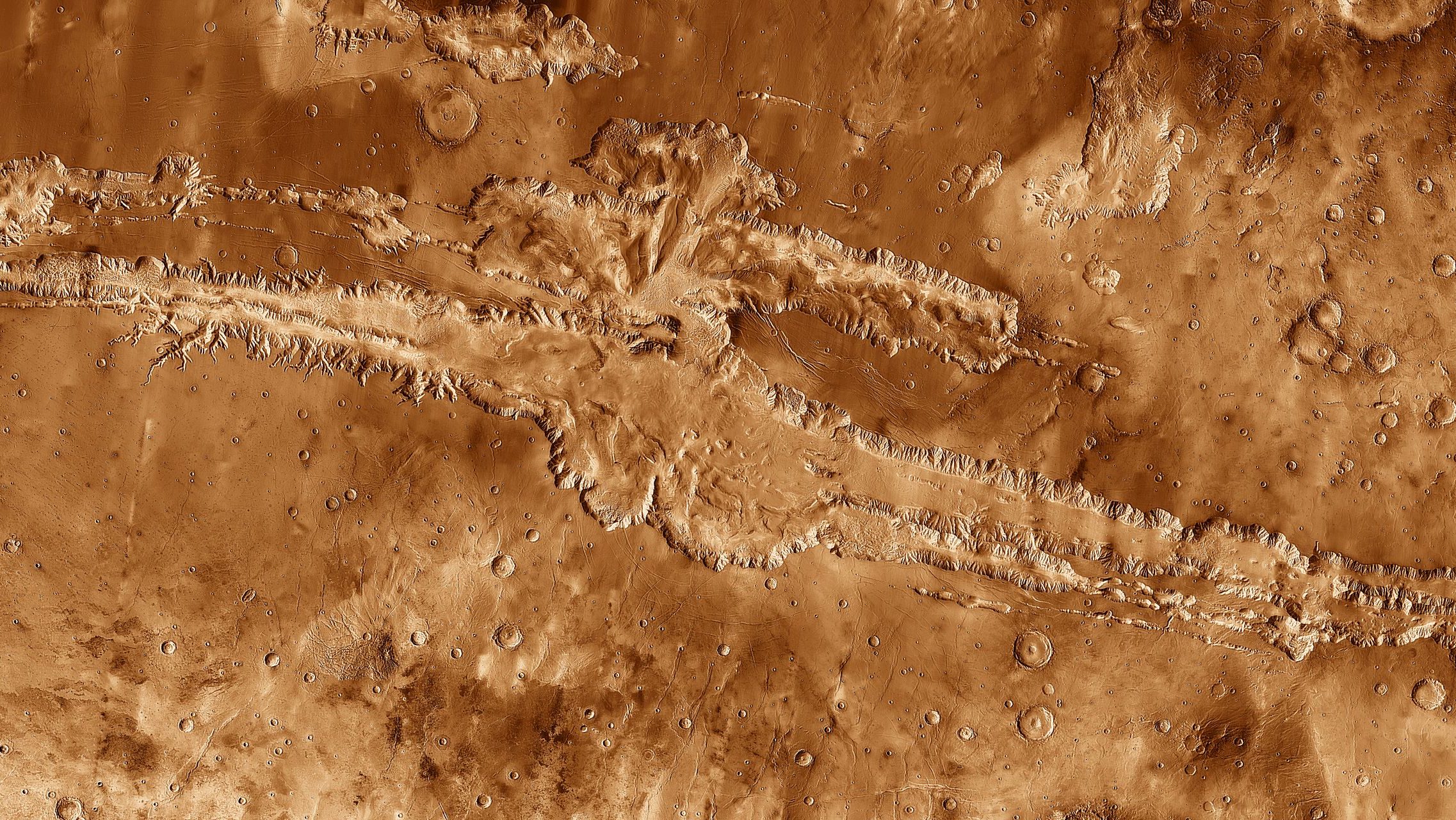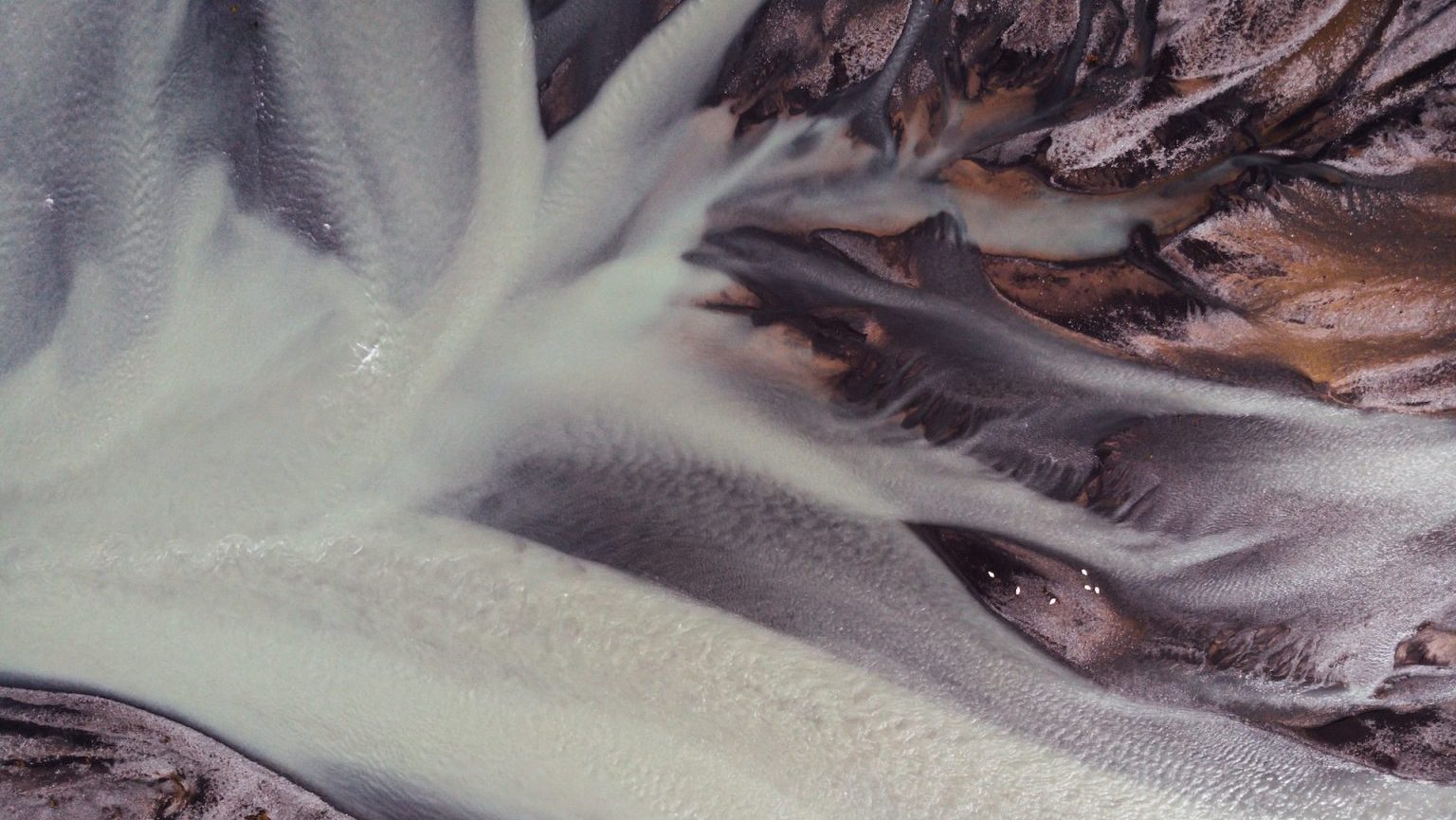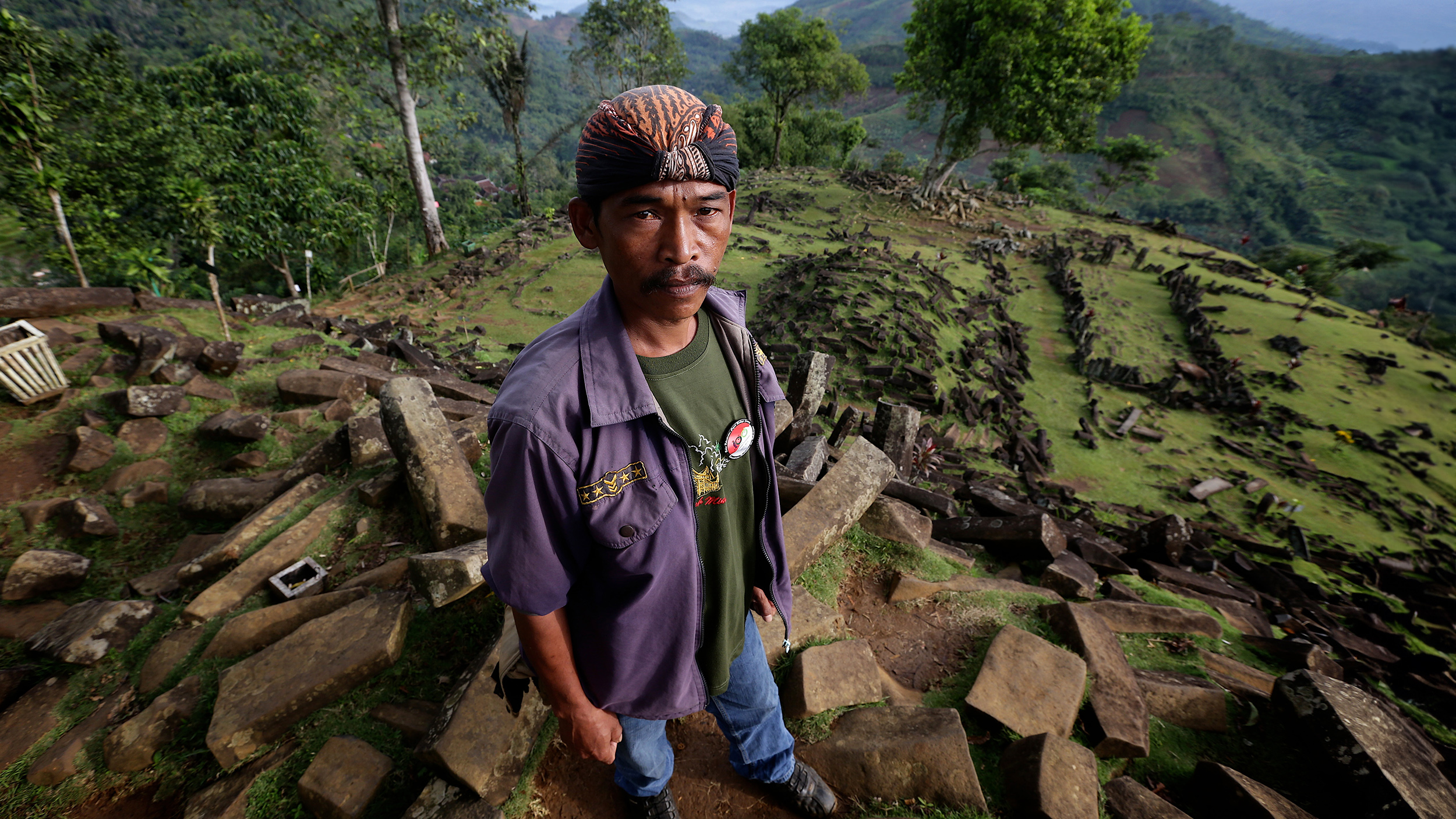Earthquakes under El Hierro in the Canary Islands: What can we expect?
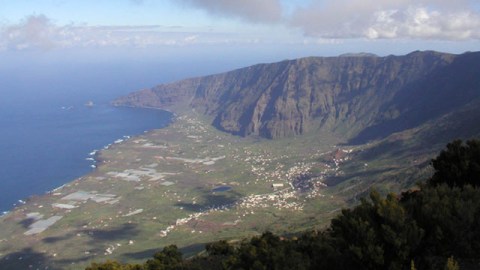
Over the last few weeks, there has been a lot of buzz in the volcano world (at least in the internet) after some seismicity under El Hierro, one of the many volcanoes that make up the Canary Islands off the coast of Africa. The seismicity, although mostly of low magnitude (over 1,000 of this microquakes occurring since the swarm started in early July. Almost all the seismicity has been confined to depths of 9-16 km below the surface, which in a place like the Canary Islands, is close to/across the boundary of the lower crust and the upper mantle in an oceanic setting such as this. The question on everyone’s mind is this: is El Hierro preparing for an eruption and, if not, what is going on underneath the volcano?

Young-looking pahoehoe lava from El Hierro in the Canary Islands
Before we can tackle those questions, we need a little context for the magmatism on the Canary Islands. The archipelago (one of my favorite words) is a Spanish territory that is as close as 115 km from the African coast. There are 7 islands that make up the Canaries, with El Hierro being the smallest. However, the volcanoes in the chain are large, towering from ~1051 meters above sea level to over 3700-meter tall Tenerife. A wide variety of lavas have erupted from Canary Island volcanoes, from your typical basalt like you find in Hawai`i to much stranger compositions like mugearites and phonolites. Most of the young volcanism (less than a few million years old) owes itself to a hotspot that rises underneath the archipelago, much as we find in Hawai`i, Iceland, Reunion Island and other oceanic islands. However, volcanism reaches back as far as 20 million years in the Canary Islands and may partially be the product of a propagation of the South Atlas fault zone (SAF) – but the true origin of the Canary Islands is hotly debated.
The volcanoes of the Canary Islands share many similarities with the volcanoes of Hawai`i. Many have the three-armed rift system layout like Kilauea, producing broad shield volcanoes that can grow very large. The eruption style (at least in historical times) tends to be fissure eruptions of lava flows with rare explosive eruptions when much silicic lavas, like phonolites, erupt.
El Hierro itself is one of the smaller volcanoes in the Canary Islands. There are a number of unconfirmed reports of eruptions over the past few hundred years (including the ambiguous reports of an eruption in 1793), but the last documented eruption of El Hierro occurred ~550 B.C., with another eruption approximately 400 years prior. The island itself is multiple volcanic centers, including the older El Tinor (~1.12 million years old) and El Golfo, which was active from ~545,000 to 176,000 years ago. New basaltic eruptions began around the same time the trachyte-dominated (alkaline) volcanism ended at El Golfo. It is though that the most active part of the Canary hotspot lies under El Hierro (see below), which explains the basaltic magmatism and appears that the highest concentration of young vents and lava flows lie on El Hierro. The island also has three large embayments on its coast, suggesting that large landslides may have come from the collapse of volcanoes on the island.

Ages, in millions of years, of the volcanic rocks in the Canary Islands. El Hierro is furthest west and youngest.
So, should we be surprised by this seismicity at El Hierro: No. Although not anywhere near as productive as Hawai’i or Iceland, the Canary hotspot is one of the more vigorous on the planet, as the 7 islands can attest. We see almost constant, low-level seismicity under parts of Iceland and Hawai’i due to magma rising underneath the islands from the mantle plume into the crust – and much of this intrusion is occurring in the 9-16 km zone that we see seismicity at El Hierro. Does this seismicity automatically lead to an eruption soon after the earthquakes when we observe them in Hawai’i or Iceland? Not necessarily. These intrusions can be bringing magma into the lower reaches of the magmatic system, but not producing eruptions in the days, weeks or even year timescales. Sometimes, this seismicity might not even lead to an eruption. However, now that we have many of these volcanic systems so closely monitored, we notice this subtle activity as it happens, rather than waiting until we can feel the seismicity at the surface – which usually means an eruption is definitely in the cards.

A plot of the earthquakes, color-coded to depth, under El Hierro. Image courtesy of Eruptions reader Lurking – click here to see a larger version.
Does this mean that we should be concerned about an imminent eruption at El Hierro: probably not. This seismicity should remind us that El Hierro is an active volcano and these signals might be the vanguard to eruption in the future. However, without corroborating evidence like deformation of the volcano, increased carbon dioxide or sulfur dioxide emissions or changes in the seismicity (higher magnitude, shallower location), these earthquakes might just means that magma is recharging in the lower depths of El Hierro. As we’ve seen at Eyjafjallajökull in Iceland, it could be years between a seismic swarm that implies magma recharge and an eruption at the volcano.
However, even with this cautious take on what these earthquakes might mean, it is always a good idea to be prepared, especially when living on a volcanic island like El Hierro. Over 10,000 people live in the island and they should know what to do and where to go if El Hierro does decide to erupt – but remember, most eruptions produce lava flows and minor tephra/ash that are likely not a major threat to people unless you are caught completely unaware. People on Hawai`i have been living with an constantly-erupting volcano for over 30 years, so any activity at El Hierro should be impressive to watch, but not a catastrophe for the residents of the island.
Sources:
Scarth, A. and Tanguy, J-.C., 2001, Volcanoes of Europe. Oxford University Press, Oxford, UK. 243 pp.
Top left: The El Golfo valley on El Hierro in the Canary Islands.
